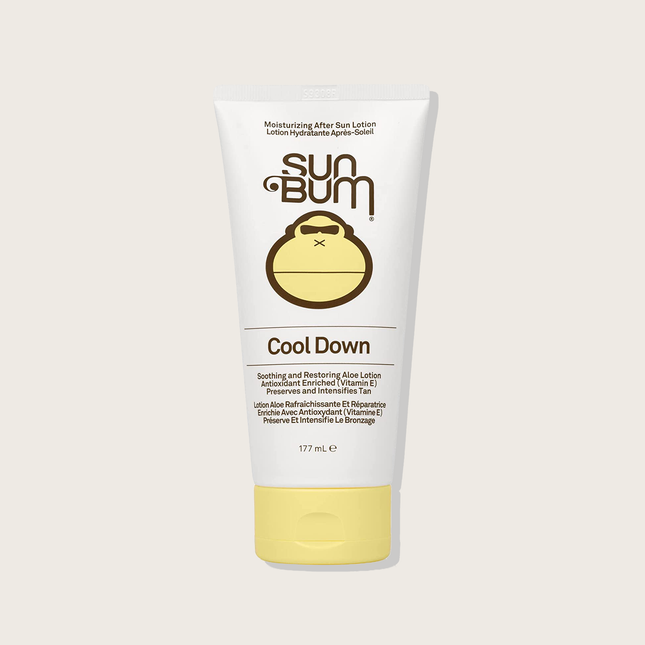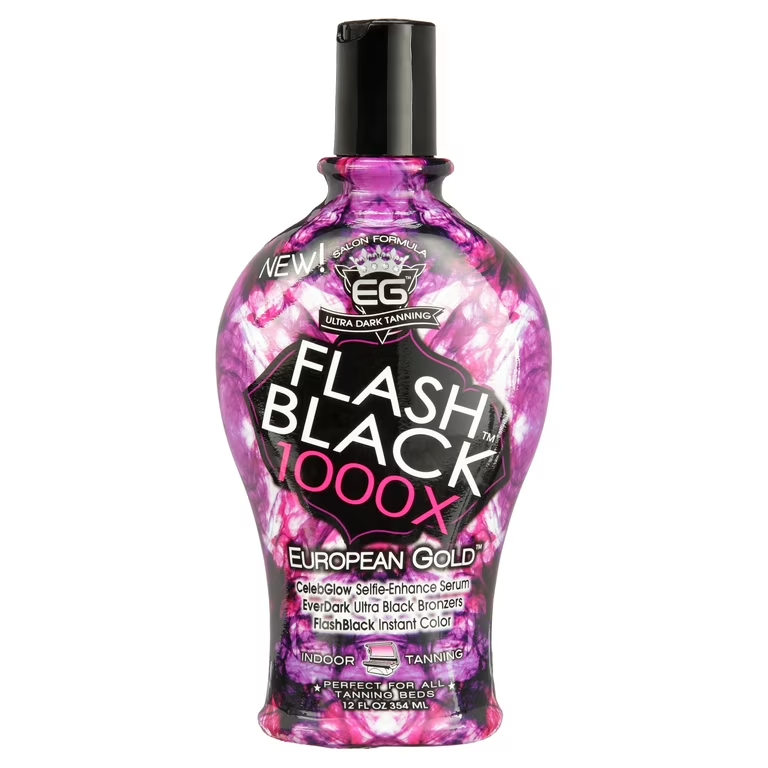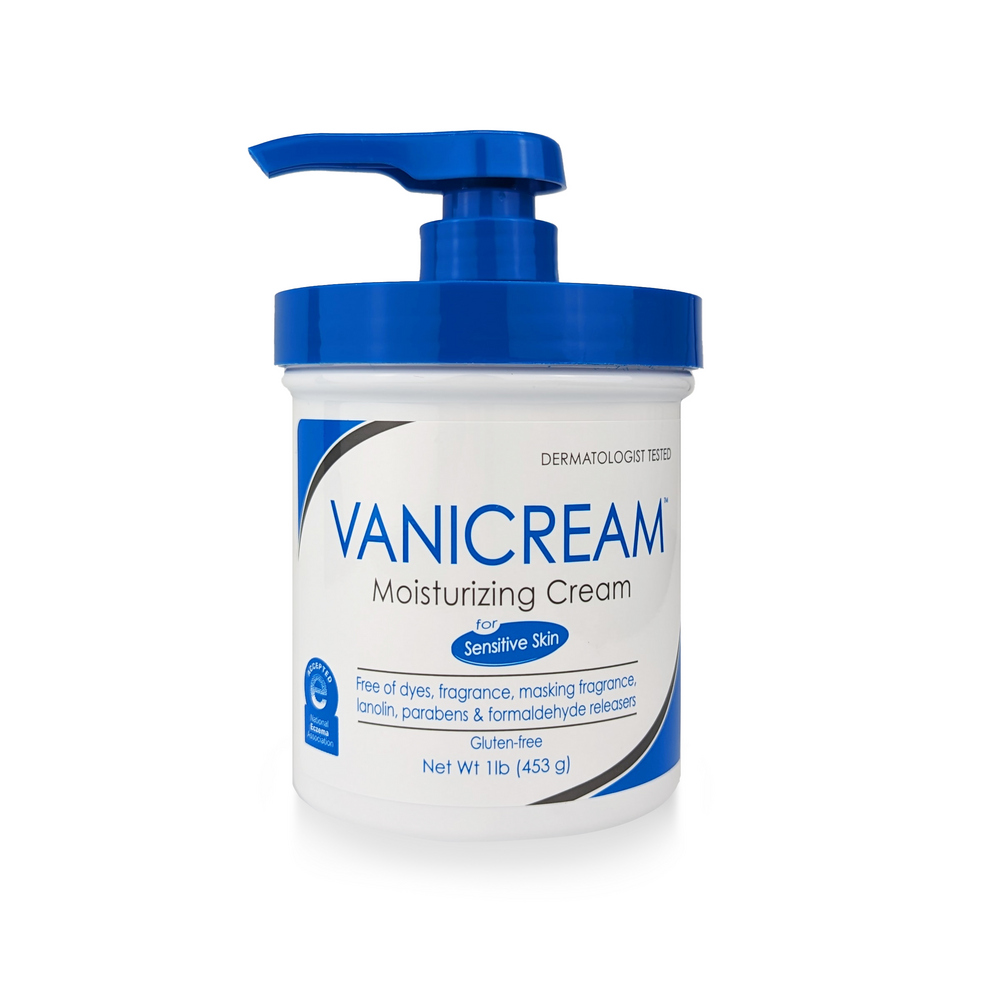
Hydrate Your Skin: Choosing the Right Lotion & Moisturizer
The Importance of Skin Hydration
Maintaining proper skin hydration is essential. When skin dries out, it can become itchy, flaky, and tight. Skin hydration helps keep the skin looking plump and youthful. It is a key step in a skincare routine. Lack of hydration can lead to premature aging signs like wrinkles and fine lines. Hydration supports skin elasticity. It helps in recovering from environmental stressors. Well-hydrated skin can also improve the effectiveness of other skincare products. While drinking water aids internal hydration, topical products like lotion & moisturizer also play a vital role.
These products provide a direct boost of moisture to the skin’s surface. They lock in water to combat external elements like wind and sun. Everyday factors such as heating and air conditioning can sap moisture from your skin. Lotion & moisturizer ensure a protective barrier. This reduces moisture loss. It’s crucial for individuals to understand the importance of hydration. By doing so, they can select the right products for their skin. With the knowledge of ingredients, one can customize their choice of lotion & moisturizer. Hydrated skin is healthy skin. Let’s keep our skin nourished and resilient.
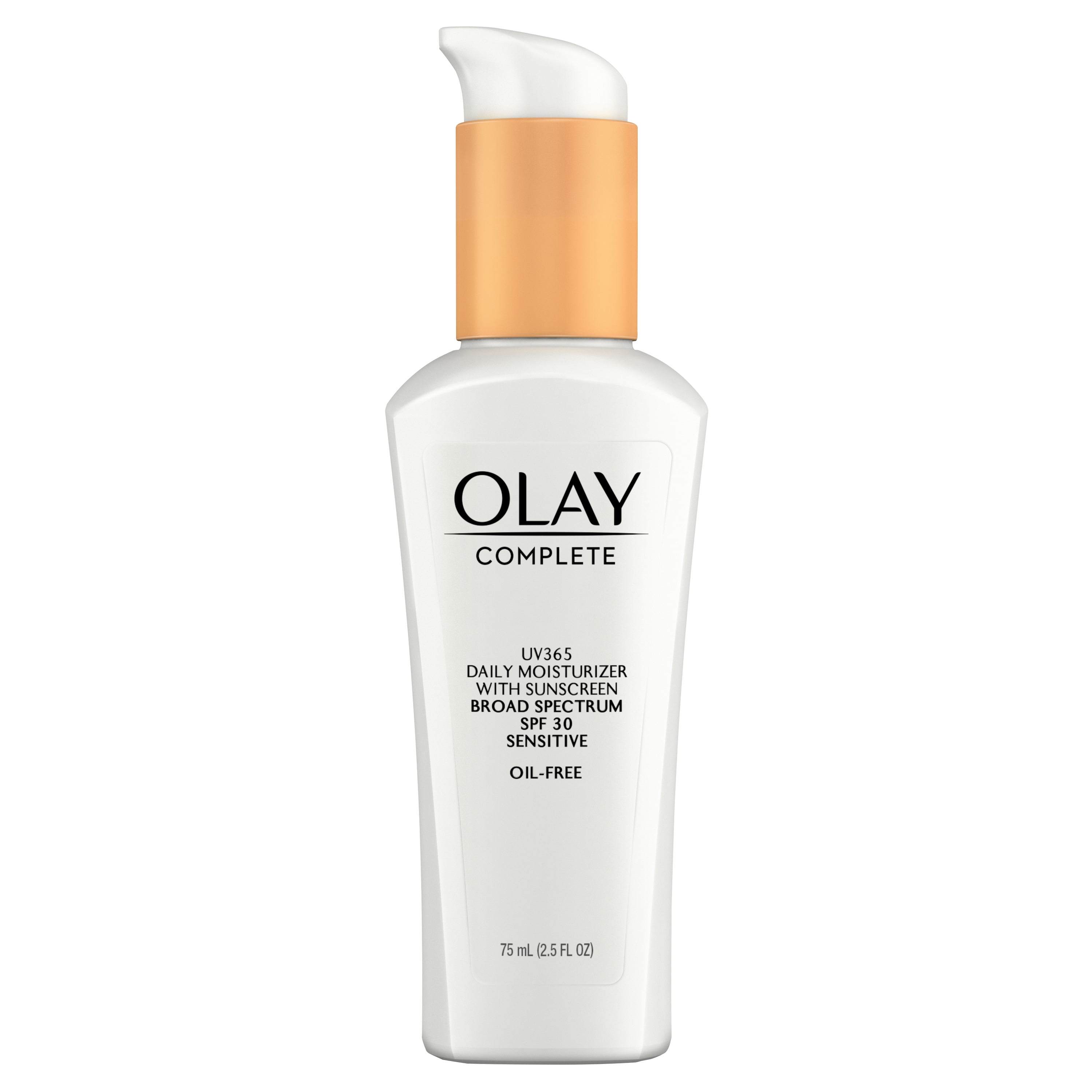
Lotion vs. Moisturizer: What’s the Difference?
Choosing the right skin care product comes down to understanding the basics. Lotions and moisturizers are not the same, and using them correctly can impact your skin’s health. Lotions are typically lighter and more fluid. They absorb quickly and are ideal for normal to oily skin types. Lotions provide hydration without a heavy feel. They work well in warm climates or during active days. Moisturizers, on the other hand, are thicker. They offer a heavier layer of protection. Moisturizers are great for dry or sensitive skin that needs more nourishment. They are better in cold weather or for night use. Both lotions and moisturizers aim to hydrate. Yet, they do so in different ways and for different skin needs.
When you shop for skin care, look for ‘lotion’ or ‘moisturizer’ on labels. This will guide you to the right product for your skin. Also, consider your skin’s unique requirements. Do you need light hydration or intense moisture? Your lifestyle, climate, and skin’s natural oiliness all play a role. Remember the keywords — ‘lotion’ for light and ‘moisturizer’ for more. Get your choice of lotion & moisturizer right, and your skin will thank you.
Key Ingredients to Look for in Lotions and Moisturizers
When selecting the right lotion & moisturizer, ingredients matter. You should know which ones benefit your skin type. Look for these key ingredients in any skin hydration product:
- Hyaluronic Acid: This powerful humectant holds water to keep skin hydrated.
- Glycerin: Another humectant that draws moisture from the air into the skin.
- Ceramides: These lipids help restore the skin’s barrier, preventing moisture loss.
- Niacinamide: Known to improve skin texture and strengthen the skin barrier.
- Aloe Vera: Soothes the skin and provides gentle hydration.
- Shea Butter: Offers deep moisturization and repairs skin.
These ingredients can help maintain lush, hydrated skin. Hyaluronic acid and glycerin are champions at drawing in moisture. Ceramides and niacinamide work to protect and fortify your skin’s natural defenses. And aloe vera and shea butter have been longtime favorites for their soothing and repairing properties.
Always read labels to find these ingredients in your lotion & moisturizer. Keep in mind that the best product for you may vary depending on your individual skin needs. If unsure, a dermatologist can help you make an informed choice. Remember that the right ingredients can make a vast difference in skin health and hydration.
How to Determine Your Skin Type
Determining your skin type is a fundamental step in choosing the right lotion & moisturizer. Different skin types require different types of hydration and protection. Here’s a simple guide to help you identify your skin type:
- Normal Skin: This type has a balance of moisture, oil and durability. It doesn’t feel too dry or oily. Normal skin has few imperfections and a radiant complexion.
- Dry Skin: Dry skin can feel tight and appear dull. It’s more prone to flaking, redness, and scaling. This type requires a richer moisturizer to maintain hydration.
- Oily Skin: Oily skin has an excess of sebum which can lead to a shiny appearance and acne. Lighter lotions are suitable for this type, as heavy creams can clog pores.
- Combination Skin: If your skin is dry in some areas and oily in others, you have combination skin. Use light lotions on oily areas and heavier moisturizers on dry patches.
- Sensitive Skin: Sensitive skin reacts easily to irritants, resulting in redness or itching. It is crucial to use hypoallergenic and fragrance-free lotion & moisturizer.
To determine your skin type, pay attention to how your skin feels after cleansing and throughout the day. Does it become oily, stay comfortable, or feel parched? You can also conduct a blotting sheet test by pressing it against different areas of your face. Oil residue indicates oily skin, while little to no oil suggests dry or normal skin.
Understanding your skin type is the key to selecting the perfect lotion & moisturizer. It ensures you give your skin the right kind of care it needs to stay hydrated and healthy.
The Role of Emollients, Humectants, and Occlusives
When choosing a lotion & moisturizer, it’s essential to understand the role of emollients, humectants, and occlusives. These are the building blocks of any good skin hydration product. Each plays a unique part in maintaining skin moisture and health.
Emollients
Emollients soften and smooth the skin. They fill in gaps between skin flakes, making the skin feel smooth and supple. They are especially helpful for dry or rough skin. Common emollients include shea butter, oils, and fatty alcohols like cetearyl alcohol.
Humectants
Humectants attract water. They draw moisture from the lower skin layers and the air into the surface skin. This helps the skin stay hydrated from within. Hyaluronic acid and glycerin are powerful humectants that most good lotions & moisturizers contain.
Occlusives
Occlusives create a barrier. They lock in moisture and prevent water loss from the skin’s surface. Ingredients like petrolatum and lanolin are common occlusives. They are excellent for protecting the skin, especially in harsh environments.
For balanced hydration, look for a lotion & moisturizer that includes all three components. Emollients keep your skin soft, humectants hydrate, and occlusives protect. Your skin type will dictate the ratio you need. Dry skin might need more occlusives. Oily skin might benefit from more humectants. For sensitive skin, look for mild and hypoallergenic options.
Remember, a good moisturizing routine will use these components to keep your skin hydrated. They work best when used in combination, for long-lasting skin health and comfort. Identify what your skin needs and choose accordingly. Your skin will stay hydrated, protected, and soft all day long.
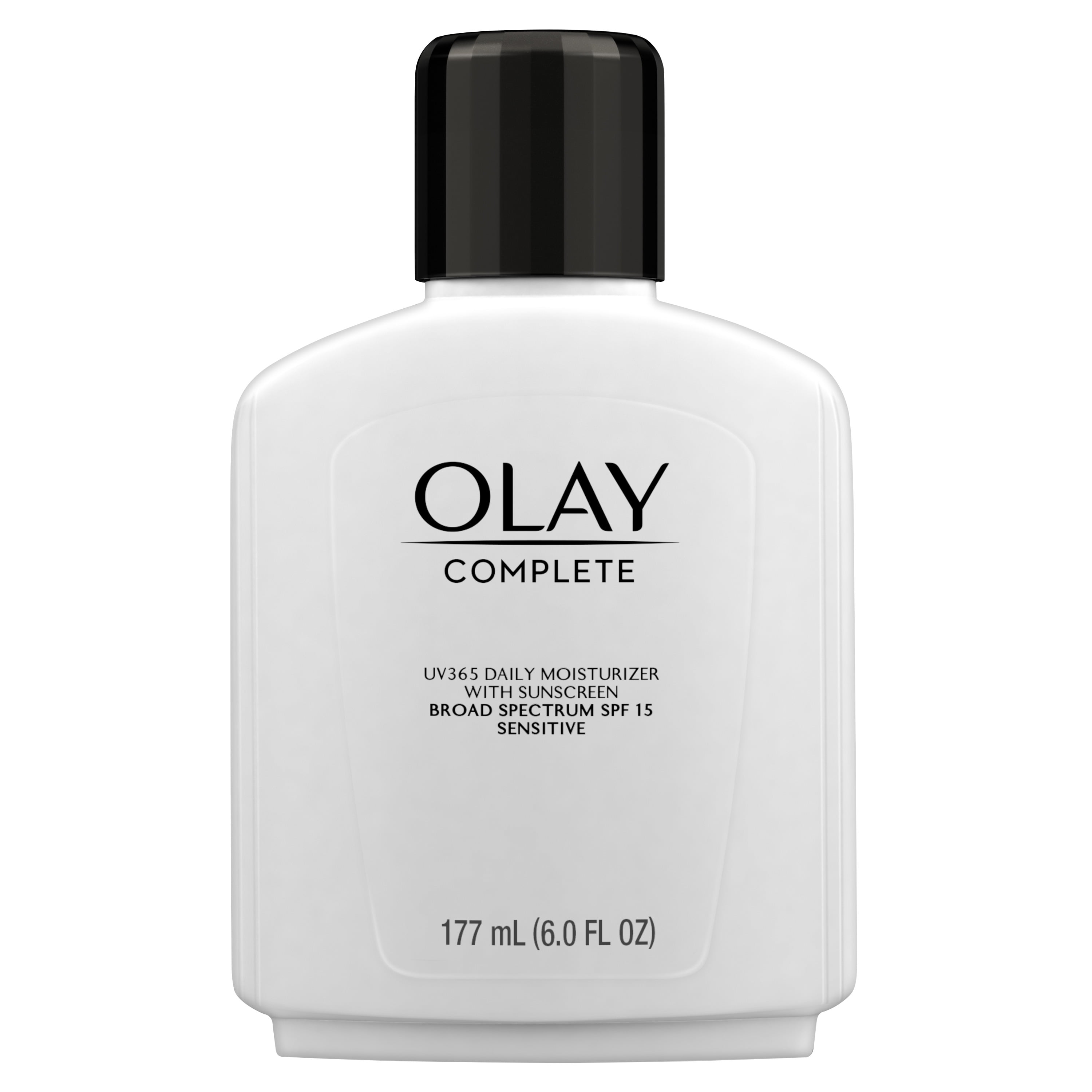
Best Practices for Applying Lotion and Moisturizer
Applying lotion & moisturizer correctly is as important as choosing the right product. Here are some best practices:
- Cleanse First: Always apply your products to clean skin. Wash off impurities and excess oils before application.
- Use Warm Water: Lukewarm water opens up pores. It helps skin absorb lotion & moisturizer better.
- Pat Dry: After cleansing, gently pat your skin dry. Don’t rub. This helps prevent irritation.
- Apply Gently: Use your fingertips to softly apply product in a circular motion. This enhances absorption and increases blood flow.
- Use the Right Amount: Too much product can clog pores. A dime-sized amount for the face and more as needed for the body is sufficient.
- Don’t Forget Your Neck: Extend lotion & moisturizer beyond your jawline. Your neck needs hydration too.
- Wait Before Makeup: Give the product time to absorb. Wait a few minutes before applying makeup or sunscreen.
- Nighttime Nourishment: Apply a thicker layer of moisturizer at night. This supports skin repair while you sleep.
Remember, the best outcomes come from consistency. Make lotion & moisturizer application a daily habit. Your skin’s texture and radiance will improve over time.
Recommended Lotions and Moisturizers for Different Skin Types
Choosing the right lotion & moisturizer is key to skin health. It should match your skin type. Here are some top picks for different skin needs:
- Normal Skin: Look for lotions with hyaluronic acid or glycerin. They keep skin balanced.
- Dry Skin: Moisturizers with shea butter or ceramides will deeply nourish your skin.
- Oily Skin: Water-based lotions work best. They hydrate without adding extra oil.
- Combination Skin: Use lighter lotions on oily zones and moisturizers on dry areas.
- Sensitive Skin: Fragrance-free products with aloe vera are gentle and soothing.
Always consider product labels and ingredients. They ensure you pick what’s best for your skin. Your dermatologist can offer guidance if you’re unsure. Stick with products suited for your skin type to maintain its health and glow.
Seasonal Skin Care: Adapting Your Routine
Your skin’s needs can change with the seasons. In winter, cold air can dry out your skin. This might mean switching to a heavier lotion & moisturizer. Look for products with occlusives to lock in moisture. During summer, hot temperatures can make skin greasy. A lighter, water-based lotion might work better then. If you have dry skin, you might use the same moisturizer year-round. But always check how your skin feels. If it’s oily, switch to a lighter formula in warm months. For those with oily skin, you might need less product in the summer. In spring and autumn, watch for any skin changes due to weather shifts. You might need extra hydration or to cut back on heavier creams. When seasons change, take a week to see how your skin reacts. Adjust your lotion & moisturizer as needed.
The key to seasonal skin care is listening to your skin. If it feels tight, it needs more moisture. If it looks shiny, use less product or a lighter one. Remember, changes in your skin’s needs are normal. Always adapt your skin care routine to meet those needs. Your skin will stay healthy and hydrated all year round.
